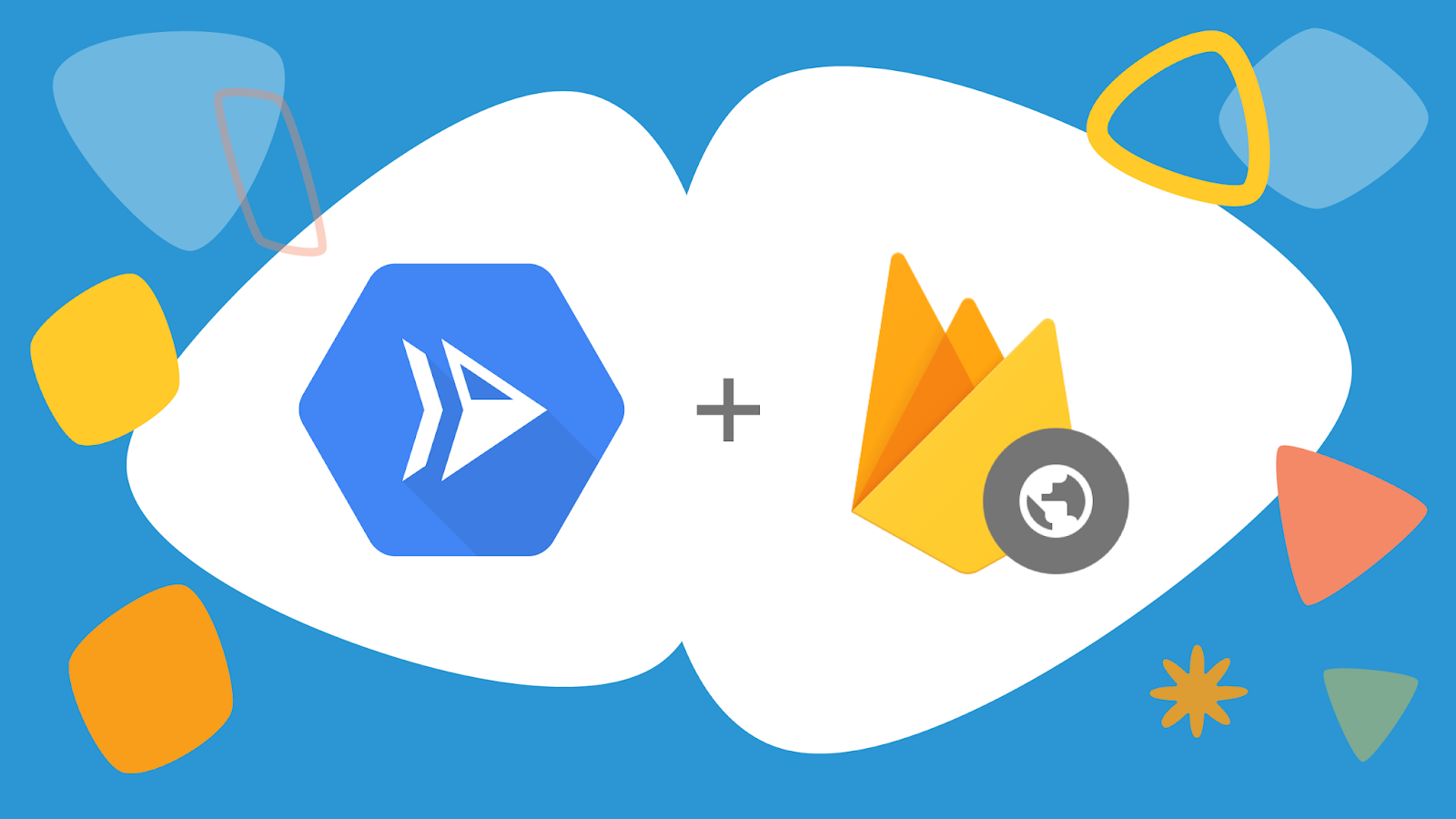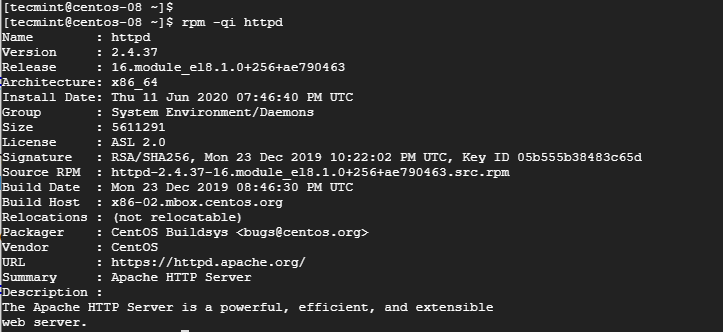
Ports are essential for computers to be able to transmit and retrieve data over the internet. Ports are used to transfer files, and they allow the computer to access other hardware such as printers and external devices. They are also used to identify and understand data being sent from one device into another.
A port can be either a physical connection point or a virtual one. Physical ports are found on the motherboard or socket. Software-defined virtual ports are available. These virtual ports are used to share resources between router and computer programs, such as memory or processors. The operating system manages network traffic flow when a program uses virtual ports. It may be possible to add an additional port to the motherboard by inserting an expansion card.
Ports are not necessarily more secure than other methods of transferring data. Ports are, in fact, a more efficient way to connect and communicate between devices. The number and type of applications that are running on a computer affects the number ports. There are several types of ports. Each port serves a different purpose. Some ports are reserved only for specific protocols, while others can be used by all applications.

Computers use a standardised set of protocols to communicate with each other over the network. This includes Transmission Control Protocol, User Datagram Protocol and Hypertext Transmit Protocol (HTTP). Each of these protocols has well-known ports that can be used to transfer data. A web server, for example, will send all HTTP requests to port 80. The same goes for file transfer programs that will connect to port 21.
Ports can also be used to identify a particular application that is being run on a machine. The port number of an application can be found within the operating system or can be assigned automatically by the hardware. It is important to use a port number to identify an application, as not all applications are the same.
Port is a 16-bit unsigned integer number. Each application on a computer has its own port. But it isn't unusual for a computer with more than one port open. An operating system can assign a port automatically to a particular program or choose one for a specific service.
As the Internet grows, so does the demand for network connections. There are currently 65.535 TCP ports around the world. Historically, the most common services have been identified by the lowest-numbered ports, while the highest-numbered ones are available for use by general applications. As address space is decreasing, IPv4 and IPv6 are becoming increasingly scarce.

Computers can function without the use of network ports. However, they do help the computer understand the information being transferred to and from other hardware. This means that the computer can be used in multiple applications without needing to buy additional hardware.
Remote access is a major reason that a port should be used. Remote access is possible by using a port forwarding technique. In this method, a device can be connected to a computer remotely and its IP address is accessible to other computers within the same local area network. Remote Desktop Protocol can also be used to allow remote access to desktop computers.
FAQ
Is web development hard?
Web Development is not easy, but if you have a passion for coding, there are many online resources that can help you learn how to code.
It is as easy as finding the right tools for you and following them step by step.
YouTube and other platforms provide many tutorials. You can also download free software online like Sublime Text or Notepad++.
There are also lots of books available in bookstores and libraries. Here are some of the most popular:
O'Reilly Media's "HeadFirst HTML & CSS"
O'Reilly Media's Head First PHP and MySQL 5th Ed.
Packt Publishing, "PHP Programming For Absolute Beginners",
I hope you find this article helpful!
How can I make a website for free?
It all depends on the type of website you are trying to build. Do you want to sell online products, start a blog, build a portfolio, or both?
You can make an essential website using only HTML and CSS (a combination of HyperText Markup Language and Cascading Style Sheets). You can create a simple website with HTML and CSS. But most web developers recommend using a WYSIWYG editor (such as Dreamweaver, Frontpage).
Hire a freelance web developer if your skills are not in-depth. A freelance developer can create a website tailored to your needs.
Freelance developers can charge either an hourly or a flat fee. It all depends on how much work they do in a set timeframe.
For example, companies may charge 50-100 dollars an hour. For larger projects, you'll typically get a higher rate.
You can also find jobs on many freelance websites. There are many websites that list available jobs.
What is a static site?
A static website is where all content is stored on a server and accessed by visitors via web browsers.
The term "static", as it is sometimes called, refers not to dynamic features such changing images, videos, animations, etc.
This site was originally intended for corporate intranets. However it has since been adopted and modified by small businesses and individuals who require simple websites without complex programming.
Because static websites require less maintenance, they have grown in popularity. They're easier to update and maintain when compared to a fully-featured website with many different components (such as blogs).
They also load quicker than their dynamic counterparts. This makes them perfect for users who are using mobile devices or have slow Internet access.
Also, static websites are more secure that dynamic counterparts. It is difficult to hack into static websites. Hackers only have access to the data that resides inside a database.
Two main methods can be used to create a static site:
-
Utilizing a Content Management System.
-
Creating a Static HTML Website
It all depends on what you need. If you're new to creating websites, I recommend using a CMS.
Why? Because it allows you to have full control over your website. You don't even need to hire someone for help setting up your CMS. Upload files directly to the CMS.
It is possible to still learn how code can be used to create static websites. It will take some time to learn to program.
Can I make my website using HTML and CSS?
Yes, you can! You will need basic knowledge of web design and programming languages like HTML (Hyper Text Markup Language) and CSS (Cascading Style Sheets). These languages allow you create websites that can be viewed by anyone with internet access.
How To Create A Static Website
There are two options available to you when building your first static website.
-
Using a Content Management System (a.k.a. WordPress): You can download this software and install it on your computer. You can then use it to build an important website.
-
You will need to create a static HTML website. If you have a good understanding of HTML, this is not difficult.
Consider hiring an expert to build your large website.
However, it is a good idea to start with option 2.
How Do I Choose A Domain Name?
It is important to pick a quality domain name. People won't know where to go if they don't have a good domain name.
Domain names should be short, easy to remember, relevant to your brand, and unique. It is ideal to have something that people can type into their browser.
Here are some ideas to help you choose a domain.
* Use keywords related your niche.
* Do not use (-), hyphens in your numbers and symbols.
* Don't use.net or.org domains.
* Don't use words that have been used before.
* Avoid using generic terms like "domain"/website.
* Check it's always available.
What is a "static website"?
A static website is possible to be hosted anywhere: Amazon S3, Google Cloud Storage or Windows Azure Blob storage. Rackspace Cloudfiles, Rackspace Cloud Files. Dreamhost and Media Temple. You can also deploy static sites to any platform that uses PHP, such WordPress, Drupal Joomla! Magento PrestaShop.
Static web pages are generally easier to maintain since they don't constantly send requests back-and-forth between servers. A static web page loads faster as there is no need to forward requests back and forth among servers. Because of this, static web pages are often more suitable for smaller businesses that don’t have the resources or time necessary to manage a website.
Statistics
- In fact, according to Color Matters, a signature color can boost brand recognition by 80%. There's a lot of psychology behind people's perception of color, so it's important to understand how it's used with your industry. (websitebuilderexpert.com)
- It's estimated that in 2022, over 2.14 billion people will purchase goods and services online. (wix.com)
- Studies show that 77% of satisfied customers will recommend your business or service to a friend after having a positive experience. (wix.com)
- When choosing your website color scheme, a general rule is to limit yourself to three shades: one primary color (60% of the mix), one secondary color (30%), and one accent color (10%). (wix.com)
- The average website user will read about 20% of the text on any given page, so it's crucial to entice them with an appropriate vibe. (websitebuilderexpert.com)
External Links
How To
What is website hosting?
Website hosting refers to where people go when they visit a website. There are two types of website hosting:
-
Shared hosting is the cheapest. Your website files reside in a server managed by another company. Customers visiting your website send their queries over the Internet, to that server. The server owner then forwards the request to you.
-
Dedicated hosting is the most expensive option. Your website is located on only one server. There are no other websites sharing space on the server. Your traffic remains private.
Shared hosting is preferred by most businesses because it's cheaper than dedicated hosting. When you use shared hosting, the company that hosts the server gives you the resources to run your site.
There are pros and disadvantages to each option. Here are the differences:
Pros of Shared Hosting
-
Lower Cost
-
Easy to Set Up
-
Frequent Updates
-
It is possible to find it on many web hosting companies
Shared hosting is often as cheap as $10 per month. Keep in mind, however, that bandwidth is usually included in the price. Bandwidth is how much data you can transfer to the Internet. So even if you only upload photos to your blog, you may still pay extra money for high amounts of data transferred through your account.
You'll soon discover why you paid so much more for your previous host when you get started. Many shared hosts offer very little customer support. Although their techs may help you with setting up your site, it's not a common practice.
A provider with 24-hour telephone support is a good choice. They will take care of any issues while you sleep.
Cons of dedicated hosting
-
More Expensive
-
Less common
-
You will need to have special skills
You're getting everything you need with dedicated hosting to operate your website. You won't worry about how much bandwidth you are using or how much RAM (random Access Memory) you have.
This means that you'll spend a bit more upfront. You'll soon realize that your business is self-sufficient once it's online. You'll quickly become an expert at managing your server.
Which Is Better For My Business, So Which Is Better?
The answer depends on what kind of website you want to create. Shared hosting is best for those who only need to sell products. It's very easy to setup and maintain. And since you're sharing a server with many other sites, you'll likely receive frequent updates.
However, dedicated web hosting is the best way to build a community around you brand. You can focus on building your brand without worrying about handling your traffic.
Bluehost.com offers both. They offer unlimited data transfers per month, 24/7 support and free domain registration.